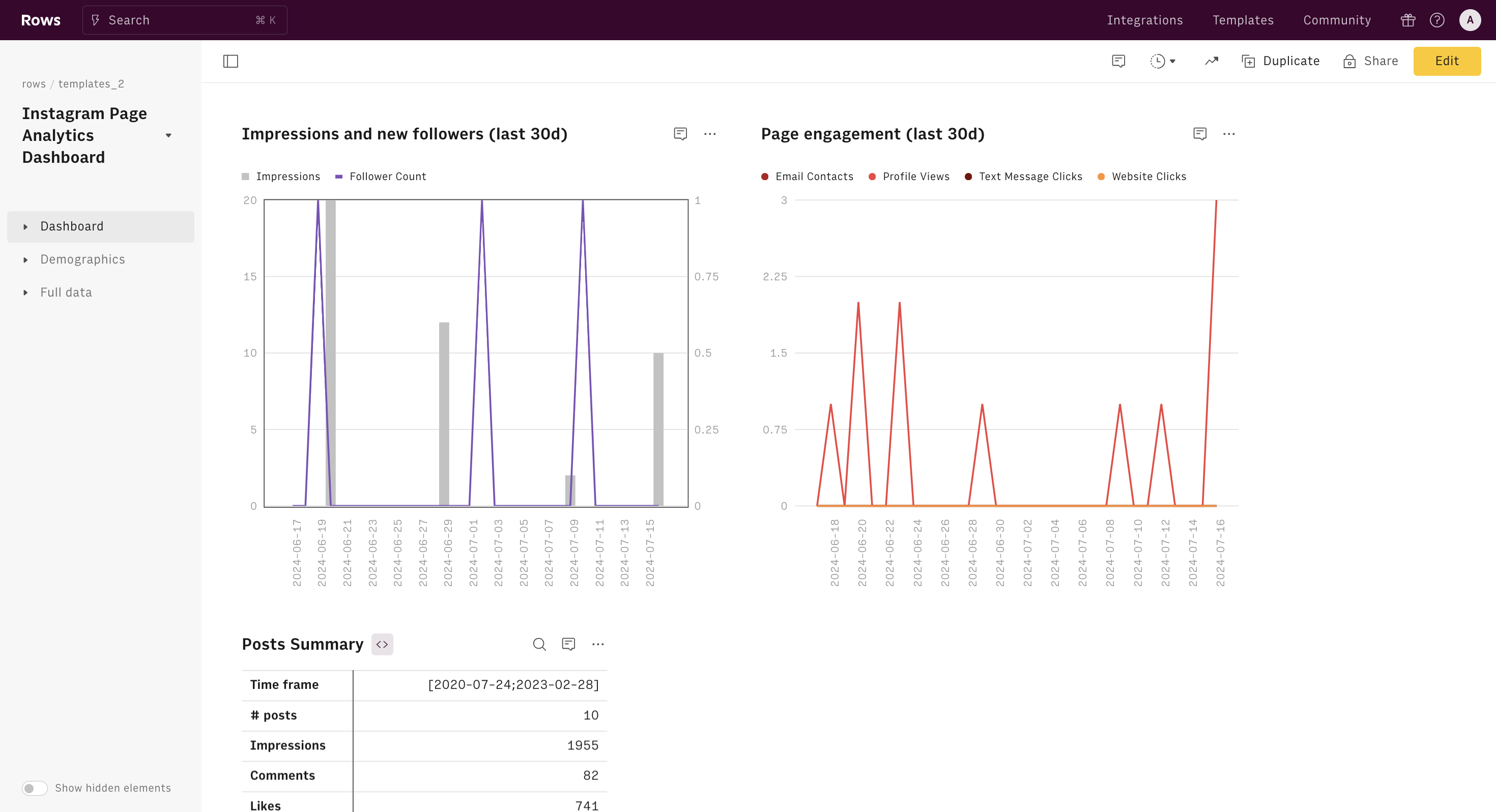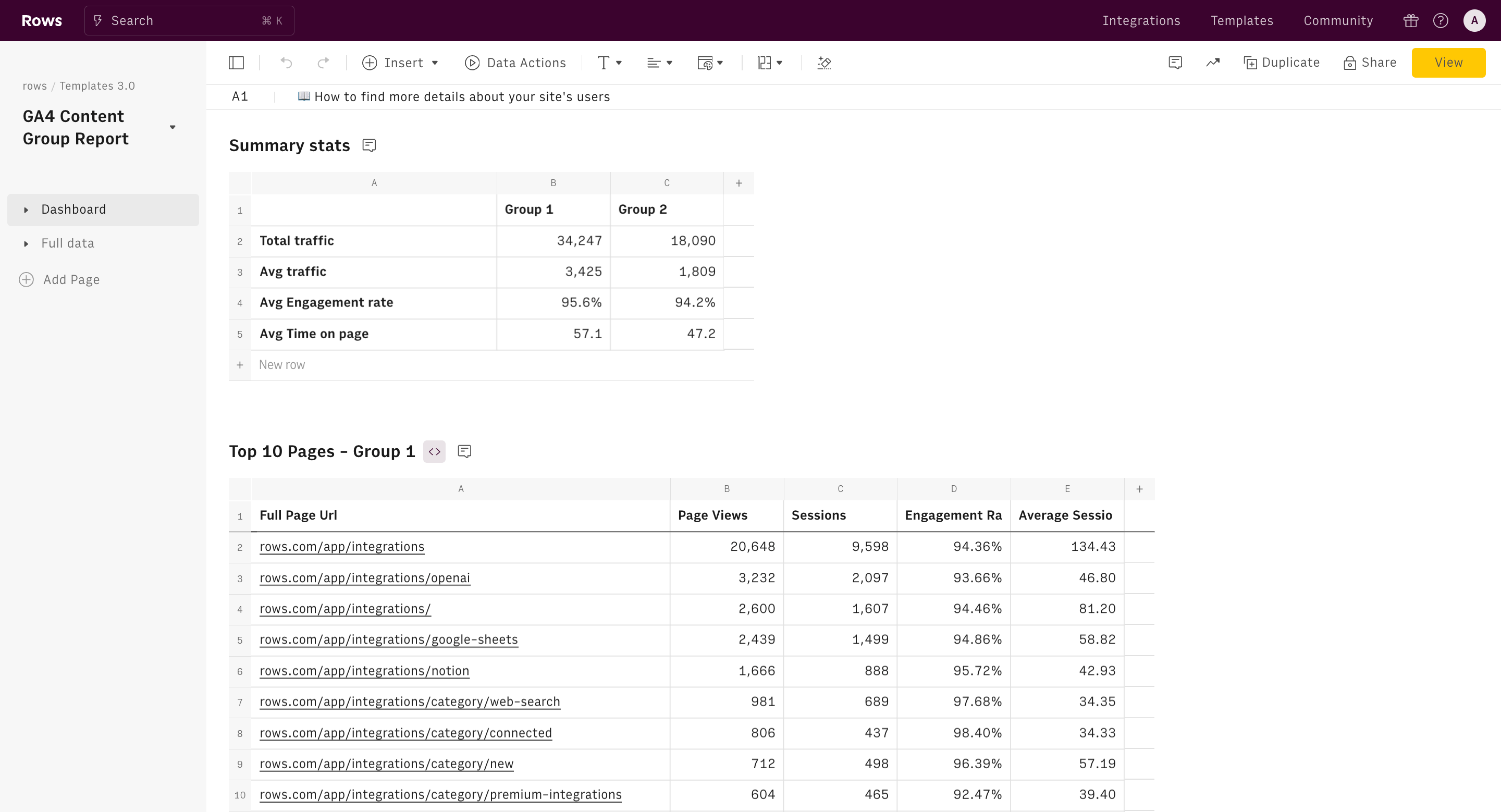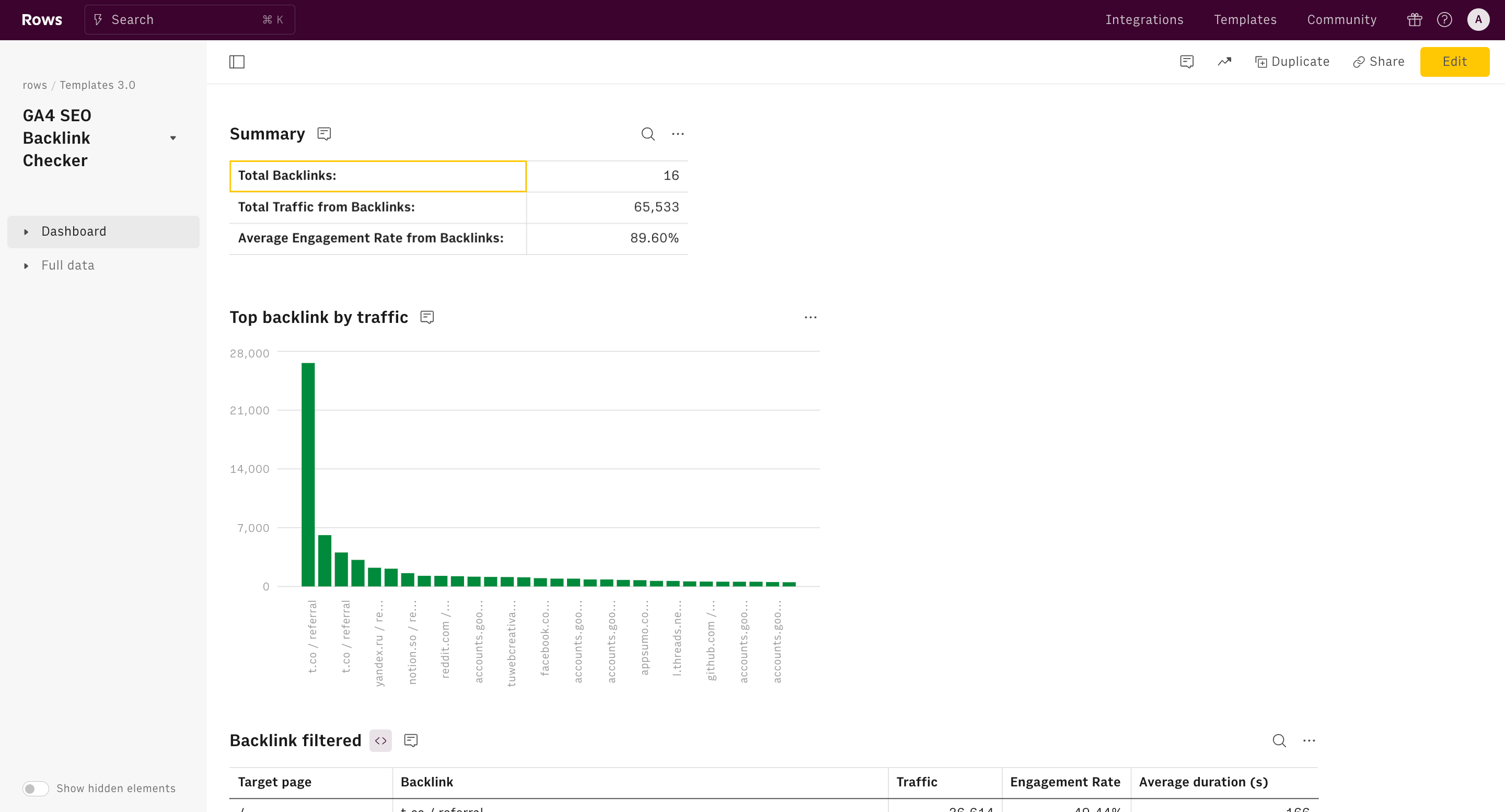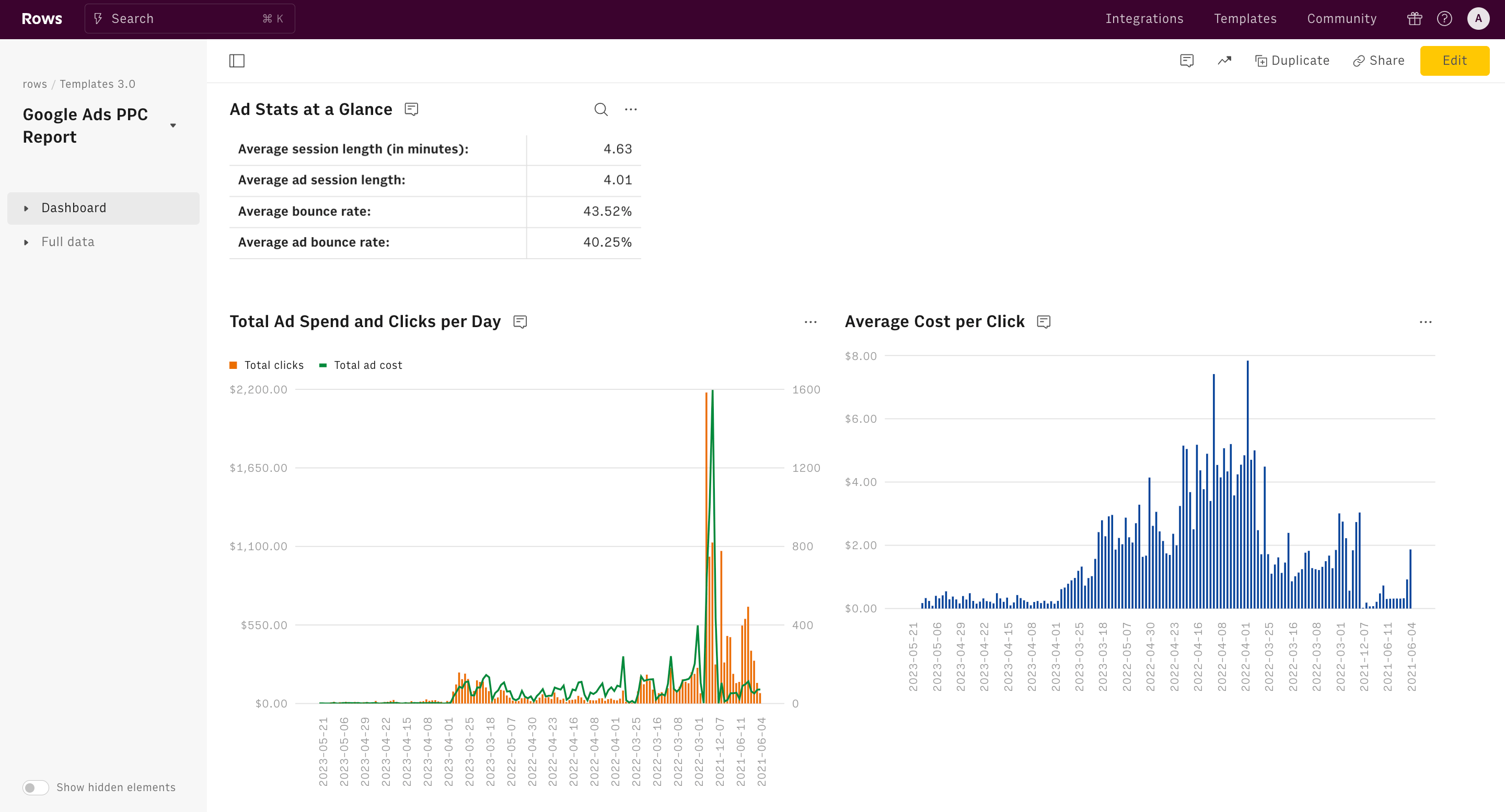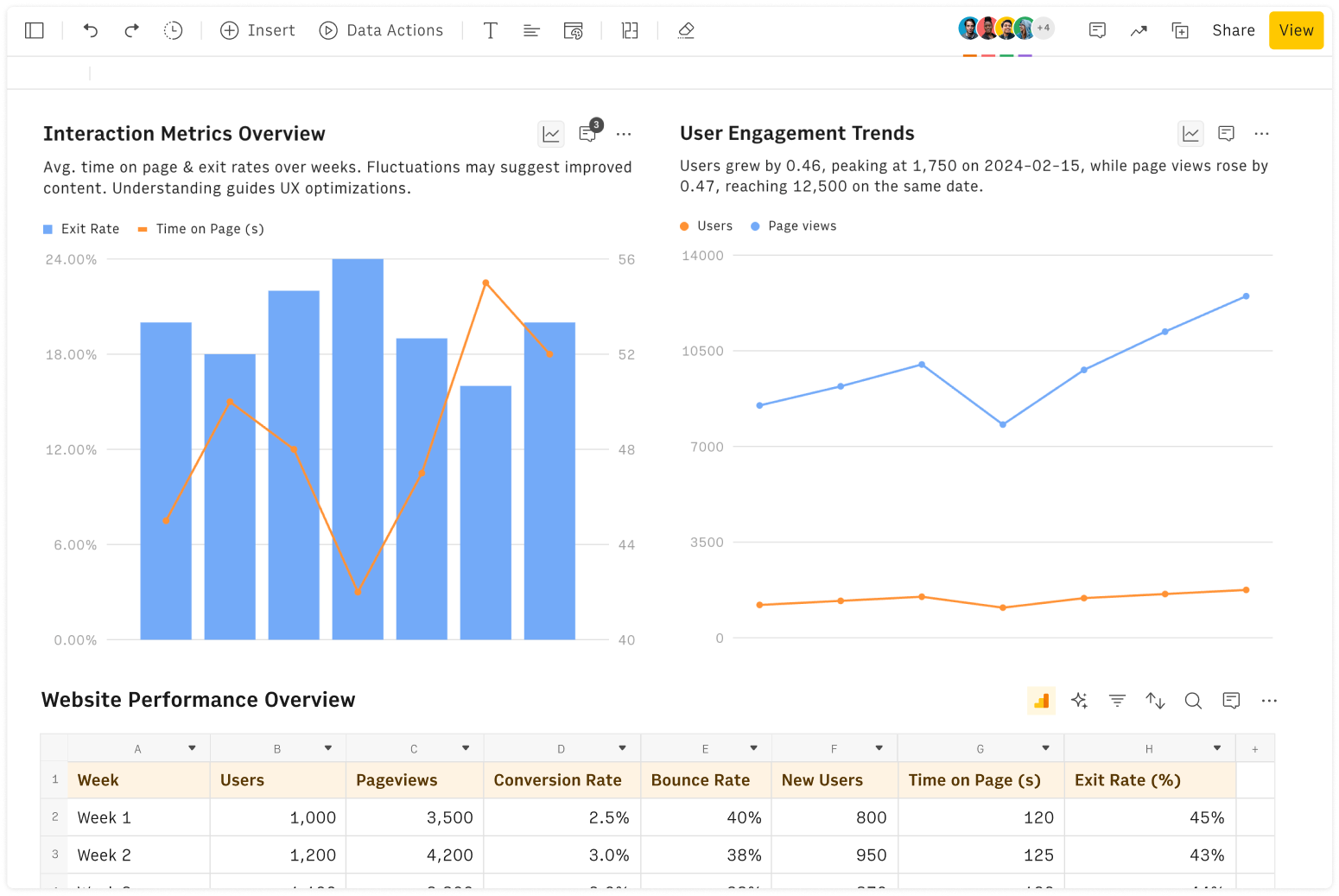What is CAC LTV Ratio?
The CAC to LTV ratio (LTV/CAC) Calculator is a tool used to compare the value of a customer over the course of their lifetime (LTV) with its acquisition cost (CAC).
It is an important metric for businesses to understand in order to assess customer profitability and determine the effectiveness of customer acquisition and retention strategies.
The LTV/CAC calculator can be used to determine the return on investment (ROI) from your go-to-market engine.
How does the CAC LTV Ratio Calculator work
To compute the CAC to LTV ratio in our calculator, you need the following inputs:
Total annual recurring revenue (ARR): The total amount of recurring revenue a company expects to receive from all its customers in a year. Oftentimes, ARR is computed by multiplying by 12 the MRR (Monthly Recurring Revenue, i.e. total value of monthly subscription), excluding people that have already churned during that month.
Total number of customers: The total count of active customers a company has.
Gross margin: The percentage of revenue that remains after subtracting the cost of goods sold (COGS), cost that are directly related to selling and delivering the product/service to the final user.
Annual churn rate: The percentage of customers who cancel or do not renew their subscriptions in a year.
Sales & Marketing team headcount: The number of employees working in sales and marketing roles.
Average salary/employee (annual): The average yearly salary for employees in the sales and marketing team.
Marketing campaign costs: The total amount spent on marketing campaigns and activities.
Total new customers (annual): The number of new customers acquired in a year
.
Calculating LTV/CAC
To calculate the CAC LTV ratio using these components, the formula is:
LTV = Total Annual Recurring Revenue (ARR) / Total Number of Customers * Gross Margin / Annual churn rate
CAC = (Sales & Marketing team headcount * Average salary/employee (annual) + Marketing campaign costs) / Total new customers (annual)
LTV/CAC = LTV / CAC
The best rule of thumb is to be spending 33% or less of your average customer lifetime value, meaning an LTV/CAC ratio of 3:1 or higher. See below to have a deeper understanding of market benchmarks.
CAC Payback Period: A Complementary Metric
To have a complete picture of one business' profitability, with a specific focus on the medium term, you can pair the LTV analysis with the CAC Payback Period, namely how long a company takes to recover the cost of acquiring a new customer.
The CAC Payback Period is usually expressed in months and requires the following components:
MRR (Monthly Recurring Revenue): The total amount of predictable revenue a company expects to receive every month.
Gross Margin: As defined earlier, the percentage of revenue remaining after subtracting COGS.
CAC (Customer Acquisition Cost): The total cost of acquiring a new customer.
The formula divides the CAC by the MRR multiplied by the Gross Margin, i.e. net of the costs directly associated with delivering the service, and reads:
CAC Payback Period = CAC / (MRR * Gross Margin)
This metric provides valuable insights into how quickly a company can recoup its customer acquisition costs, offering a more nuanced view of the business's financial health alongside the LTV/CAC ratio.
Discover more about CAC with our calculator.
What is a Good LTV:CAC Ratio in the SaaS Industry?
In the SaaS industry, a good LTV:CAC ratio is generally considered to be 3:1 or higher. This means that the lifetime value of a customer should be at least three times the cost of acquiring them.
A ratio of 3:1 indicates that for every dollar spent on customer acquisition, the company expects to generate three dollars in customer lifetime value.
However, some high-performing SaaS companies aim for ratios of 5:1 or even higher.
A ratio <1 is considered unsustainable: simply put, the company is having difficulty in monetizing newly acquired customers. Either the pricing is wrong, or there is a mismatch with the company value proposition, or the customer base is too difficult to monetize (i.e., no spending power, unwillingness to pay).
Let's dive deep into the causes behind the low CAC to LTV ratio.
What Factors Cause Low LTV:CAC Ratio (<1.0x)?
A low LTV:CAC ratio (less than 1.0x) is a red flag for SaaS businesses, indicating that the cost of acquiring customers exceeds their lifetime value.
Several factors can contribute to this:
High customer acquisition costs: Inefficient marketing strategies or overspending on sales and marketing.
Low customer retention: High churn rates reduce the overall lifetime value of customers.
Underpriced product: If the product is priced too low, it may not generate enough revenue over the customer's lifetime to offset acquisition costs.
Poor product-market fit: If the product doesn't meet market needs, it can lead to low adoption rates and high churn.
Ineffective onboarding: Poor customer onboarding can lead to early churn, reducing LTV.
Competitive pressures: Intense competition may drive up acquisition costs or force prices down.
How to Improve the LTV to CAC Ratio
Improving the LTV to CAC ratio is crucial for SaaS businesses looking to enhance profitability and sustainability. Here are some strategies to consider:
Reduce CAC:
Focus on the marketing channels (with the highest ROI).
Double down on your SEO efforts
Improve sales efficiency through better lead qualification and sales processes.
Leverage customer referrals and word-of-mouth marketing.
Increase LTV:
Improve customer retention through better product quality and customer service.
Use upselling and cross-selling strategies to increase the average order value.
Improve the pricing to capture more value over the customer's lifetime.
Enhance product value:
Capitalize on customer feedback and work on the key user pain points.
Work on features that increase stickiness and reduce churn.
Optimize onboarding:
Create a smooth, engaging onboarding process to ensure customers quickly realize value.
Try reducing the time to value by offering a login-less experience
Focus on your ideal customer profile:
Target customers that benefit the most from your product.
Implement customer success programs:
Proactively help customers achieve their goals with your product.
By focusing on these areas, SaaS companies can work towards improving their LTV to CAC ratio, leading to more sustainable growth and profitability.
